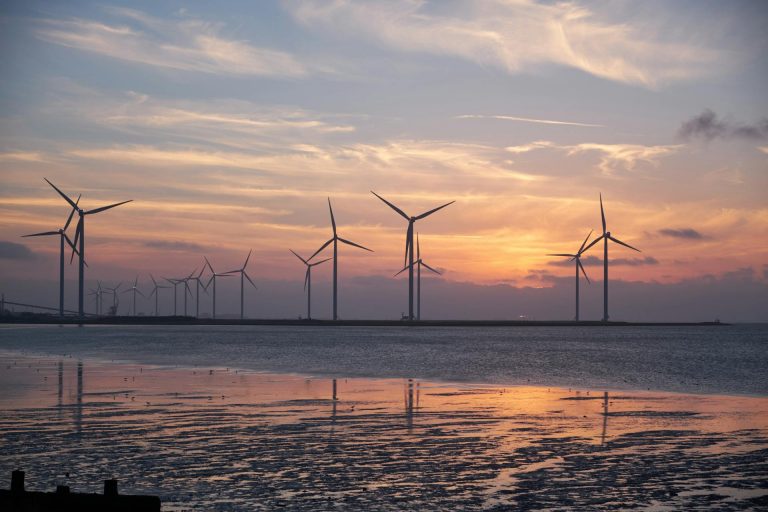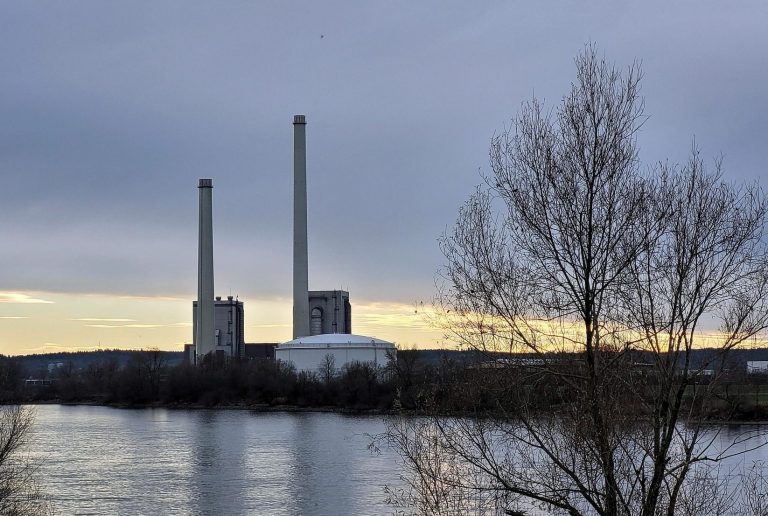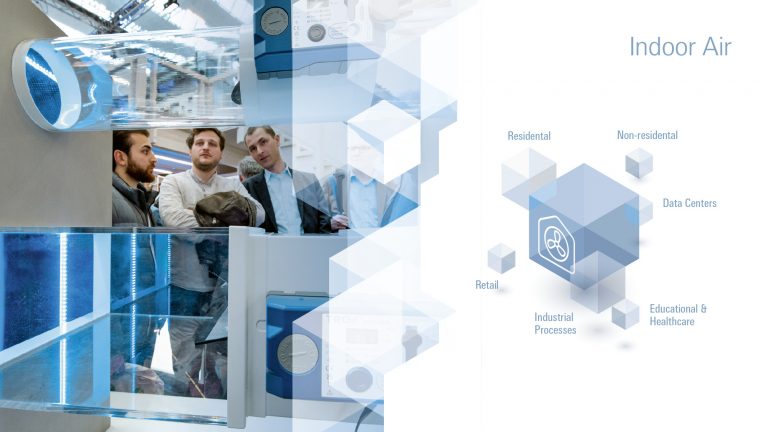In a nutshell:
Grid momentum and disciplined contracting are lifting margins and cash flow as Siemens Energy converts a larger, higher-quality HVDC and transmission backlog.
The wind unit is stabilizing with selective, lower-risk orders and simplified platforms, shifting from remediation to controlled rebuilding.
Gas and services anchor resilience—best-selling F- and H-class turbines support flexible generation—while electrolyzers and system integration position the company for the energy transition.
Siemens Energy enters the back half of 2025 in markedly stronger shape than it was two years ago. The company has translated record demand for power infrastructure into high-quality orders, tightened risk controls across its portfolio, and restored investor confidence by converting backlog into cash. The result is a business that looks better balanced: grids and services are delivering dependable margins, wind is stabilizing under a stricter operating model, and the gas fleet continues to benefit from a global need for flexible, efficient generation during the energy transition.
The most visible driver of the upswing is the grid business. Electrification and the build-out of renewables are colliding with aging transmission networks, and that combination has pushed utilities on both sides of the Atlantic to commit to multi-gigawatt programs they deferred for a decade. For Siemens Energy, that shows up in multi-year frameworks for high-voltage direct current (HVDC) links, offshore connections, large power transformers, and flexible AC transmission systems. The company has been deliberately selective in how it books that demand: pricing reflects current input costs, schedules build in realistic supply-chain lead times, and contract structures now share risk more evenly between supplier and customer. The effect is a healthier backlog and clearer line of sight from award to execution—conditions that have historically been the foundation of margin resilience in capital goods.
That discipline matters because the wind business—still working through the consequences of past quality issues and underpriced projects—remains the most complex piece of the portfolio. Here, the operating cadence has changed. Order intake has become intentionally selective, with a focus on projects and platforms that meet rigorous manufacturability and risk thresholds. Engineering fixes have been validated and rolled through the fleet, the product portfolio has been pared back to reduce variant complexity, and new offers are framed by stricter commercial terms. While the unit continues to weigh on reported results, the trajectory is clearly one of stabilization: fewer legacy surprises, more balanced risk-sharing on new contracts, and a manufacturing footprint that is being aligned to volumes the market will sustainably support.
If grids are driving the top line and wind is normalizing, services and gas are doing their job in the middle: generating cash and smoothing earnings. The installed base of rotating equipment—turbines, generators, and associated balance-of-plant—remains a dependable source of high-margin, recurring revenue. Long-term service agreements lock in utilization across cycles, and digital monitoring has tightened the feedback loop between operations and maintenance. At the same time, global power systems are leaning more heavily on fast-ramping, high-efficiency gas capacity to backstop weather-dependent renewables and coal retirements. That supports new-build demand in select markets and, more broadly, sustains parts and upgrades across the fleet.
This is where the company’s best-selling F- and H-class gas turbines, produced also in Berlin, have played a quiet but important role. The mature F-class platform has been a workhorse for utilities seeking a balance of efficiency and reliability, while the H-class provides a step up in output and fuel flexibility. Both are progressing along a hydrogen-readiness pathway, giving operators optionality as fuel blends evolve. Siemens Energy is not positioning thermal generation as an alternative to decarbonization; rather, it is marketing these assets as complementary to it, with modern emissions controls, the ability to integrate with carbon-capture solutions, and the ramp rates needed to follow renewables.
The company’s operational footing has improved in other ways that matter to long-horizon investors. After the turbulence of 2023, Siemens Energy moved decisively to de-risk its balance sheet. Usage of state-backed guarantees has trended lower as grid execution improved and banks regained comfort with the project pipeline. Working capital discipline is visible in milestone timing and supplier terms, converting advance payments into positive free cash flow more consistently. Overheads are coming down where they should—redundant complexity in wind, for instance—while critical talent in engineering and project management is being retained and redeployed to growth programs.
Berlin has emerged as a focal point in this rebalanced portfolio. Beyond the large gas turbine center, the city hosts Siemens Energy’s electrolyzer manufacturing, which is being scaled to meet rising green hydrogen demand from industrial clients. Co-locating these capabilities has practical advantages: shared engineering resources, test facilities, and a pipeline of trained technicians who can shift between product lines as program loads change. It also anchors a broader ecosystem of suppliers and research partners that the company can tap as technologies and markets evolve.
The commercial posture has changed, too. Siemens Energy is leaning into long-cycle visibility where it can get it—framework agreements with transmission operators, multi-year service contracts, and phased offshore grid packages—while remaining conservative in segments that are still finding their economic equilibrium. Management has made a point of emphasizing risk-adjusted growth over headline order wins, and that stance is showing up in the mix: more orders that turn into cash at predictable intervals, fewer that depend on flawless execution of first-of-a-kind designs or exposed fixed-price terms.
External conditions are cooperating. Policymakers in Europe and North America have moved from ambition to allocation, channeling billions into grid modernization, interconnection capacity, and renewable integration. Permitting reform remains a swing factor, but the capital is now available and the need is unquestioned. Commodity prices and freight rates have normalized from their peaks, easing some of the pressure that plagued fixed-price contracts signed in 2020–2022. And while the competitive landscape in grids and wind is intense, customers are placing a premium on delivery certainty and lifetime support—areas where scale and installed-base knowledge confer a measurable advantage.
None of that removes execution risk. The wind turnaround must continue to track to plan; a single major project slip would dilute the hard-won credibility the company has rebuilt. The grid business must deliver on its expanded order book without sacrificing the discipline that made those orders attractive. Supply chains for critical components—semiconductors, converter valves, specialty steels—must remain stable as volumes ramp. And geopolitics could intervene in everything from export controls to cross-border consortium work. But the company is approaching those variables from a position of growing strength, not of triage.
Strategically, the contours are now clear. Siemens Energy is positioning itself as a partner for system-level decarbonization, where the bottlenecks are increasingly in infrastructure and integration rather than in generation capacity alone. That plays to the company’s advantages: HVDC systems that move power from offshore and remote sources to demand centers, flexible thermal assets that keep grids stable, service models that optimize fleets over decades, and emerging technologies—such as electrolyzers—that knit industrial processes into the broader energy system. It is a pragmatic strategy, rooted in execution and cash conversion, with technology leadership deployed where it differentiates outcomes.
The market has noticed the change in tone and substance. Guidance now carries more credibility because it is backed by healthier contracts and a clearer delivery plan. Backlog quality has improved alongside its size, and the mix tilts toward businesses that historically generate dependable returns. While the memory of prior setbacks will linger, Siemens Energy’s current trajectory is not defined by them. It is defined by the company’s ability to turn unprecedented infrastructure demand into profitable, de-risked growth.
In that sense, the company’s upswing is not a single data point but the sum of many improved fundamentals: strong and better-priced grid orders, a wind division moving from remediation to controlled rebuilding, service revenues that cushion the cycle, gas technologies that remain relevant to a decarbonizing grid, and a financing stance that supports investment without overreach. If the execution holds, Siemens Energy will exit this transition with a simpler, sturdier business—one built to benefit from the energy system’s most durable trend: more electrons, moving further, with higher reliability requirements than ever before.
Title photo by dmkoch
> Here is one of the places where the issuer of a news item is branded.
> Tap buttons or logos to be redirected to the issuers profiles or pages.






